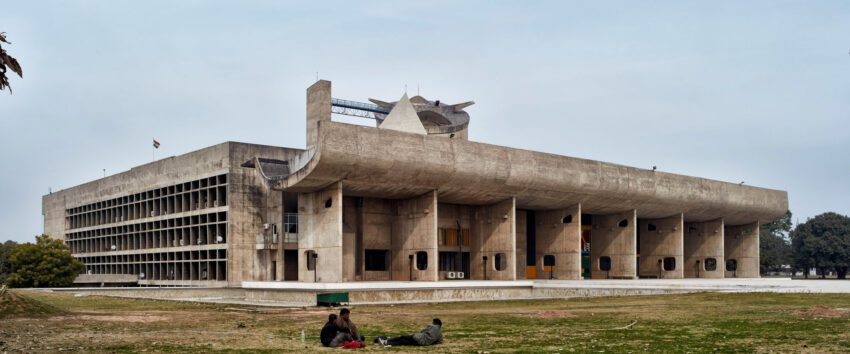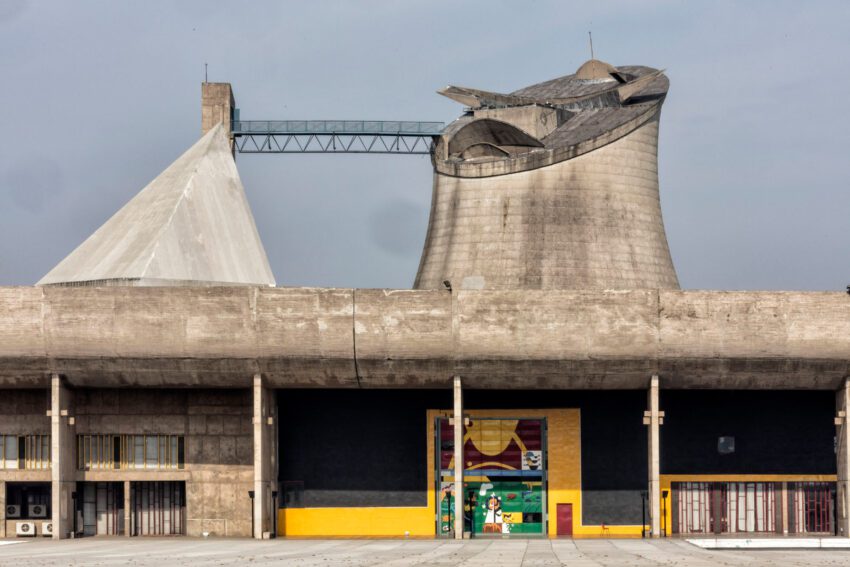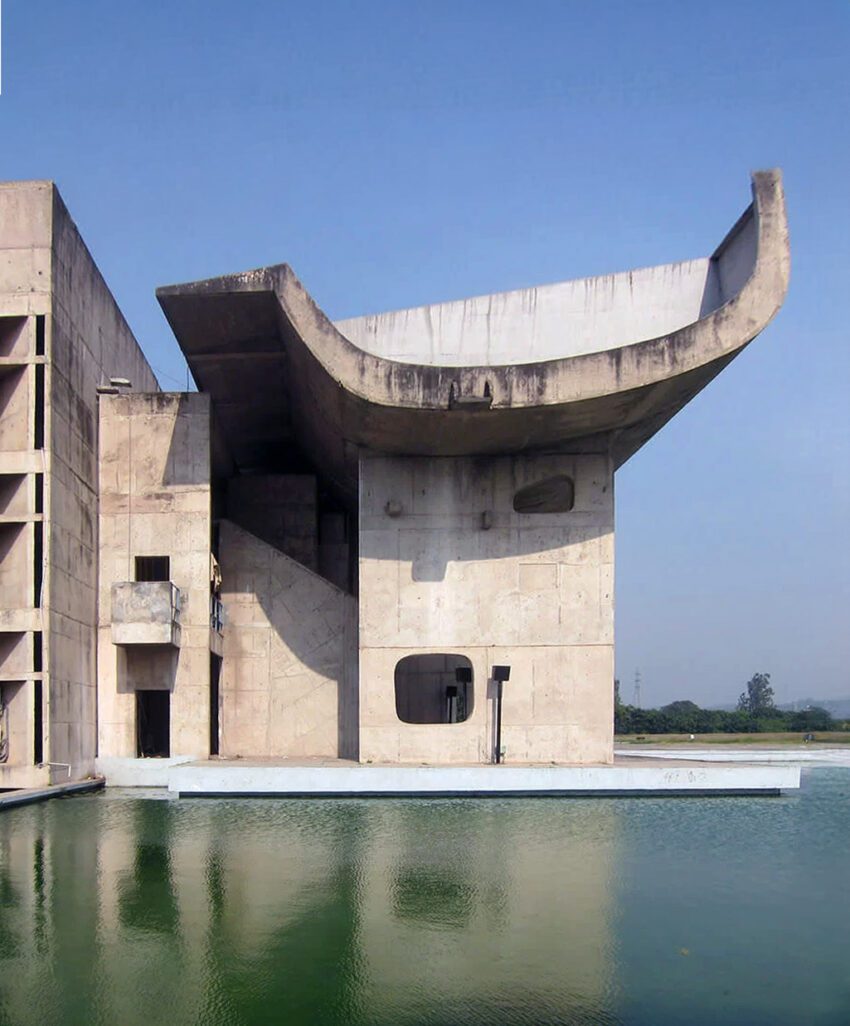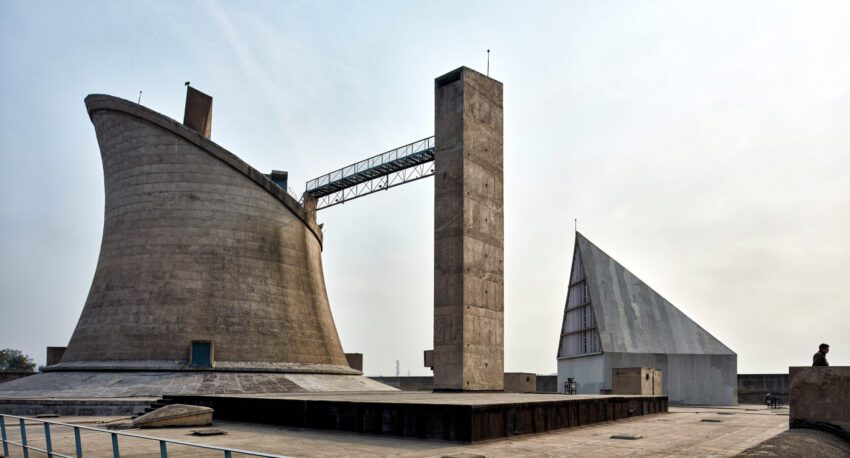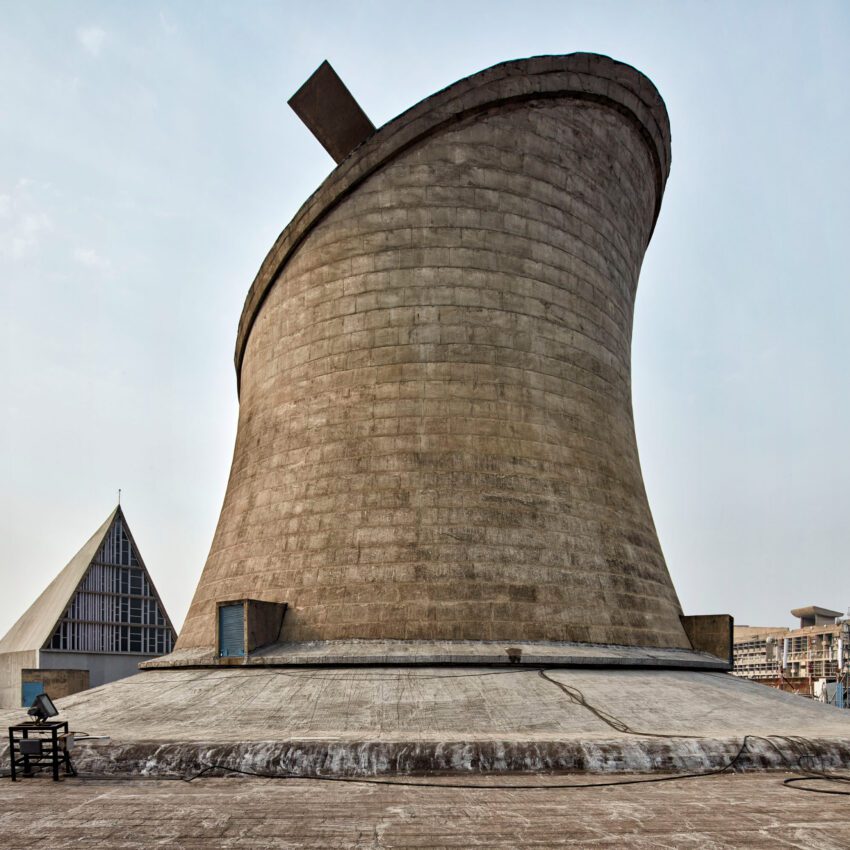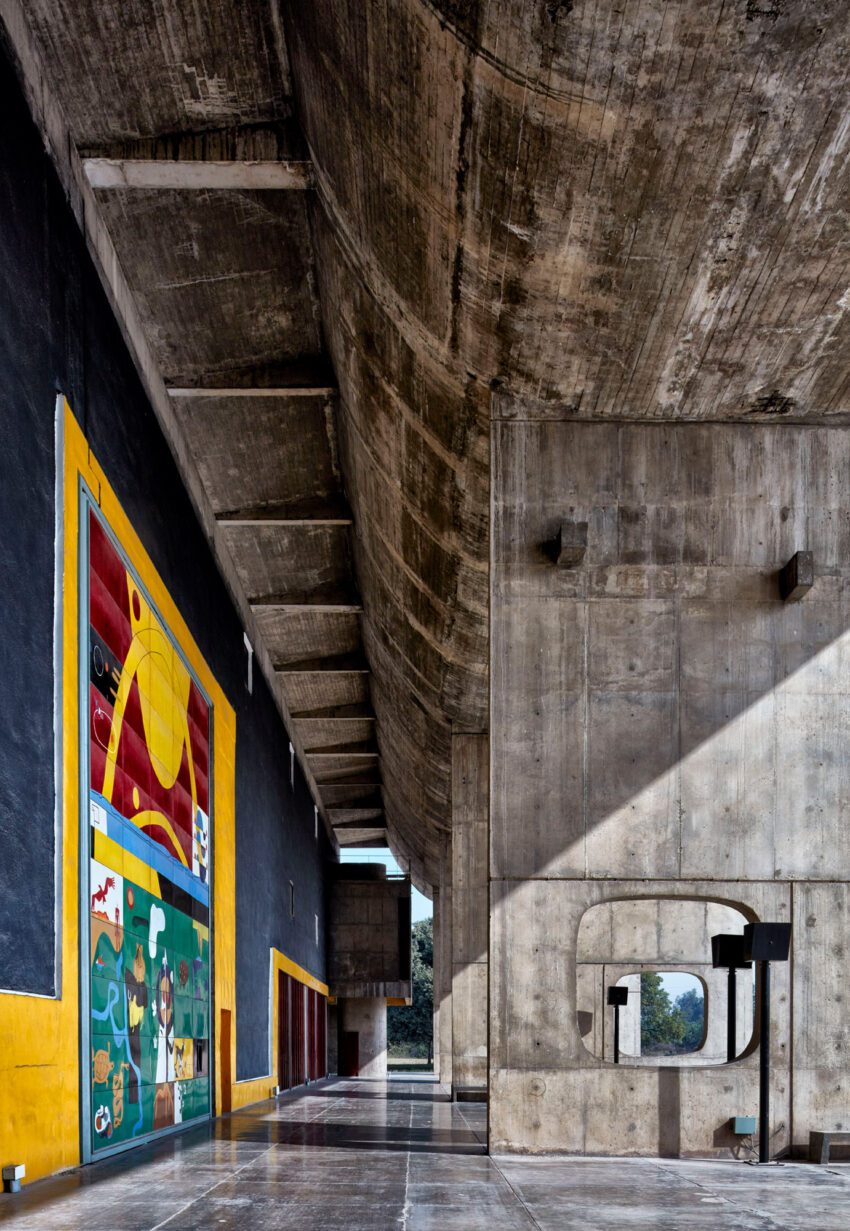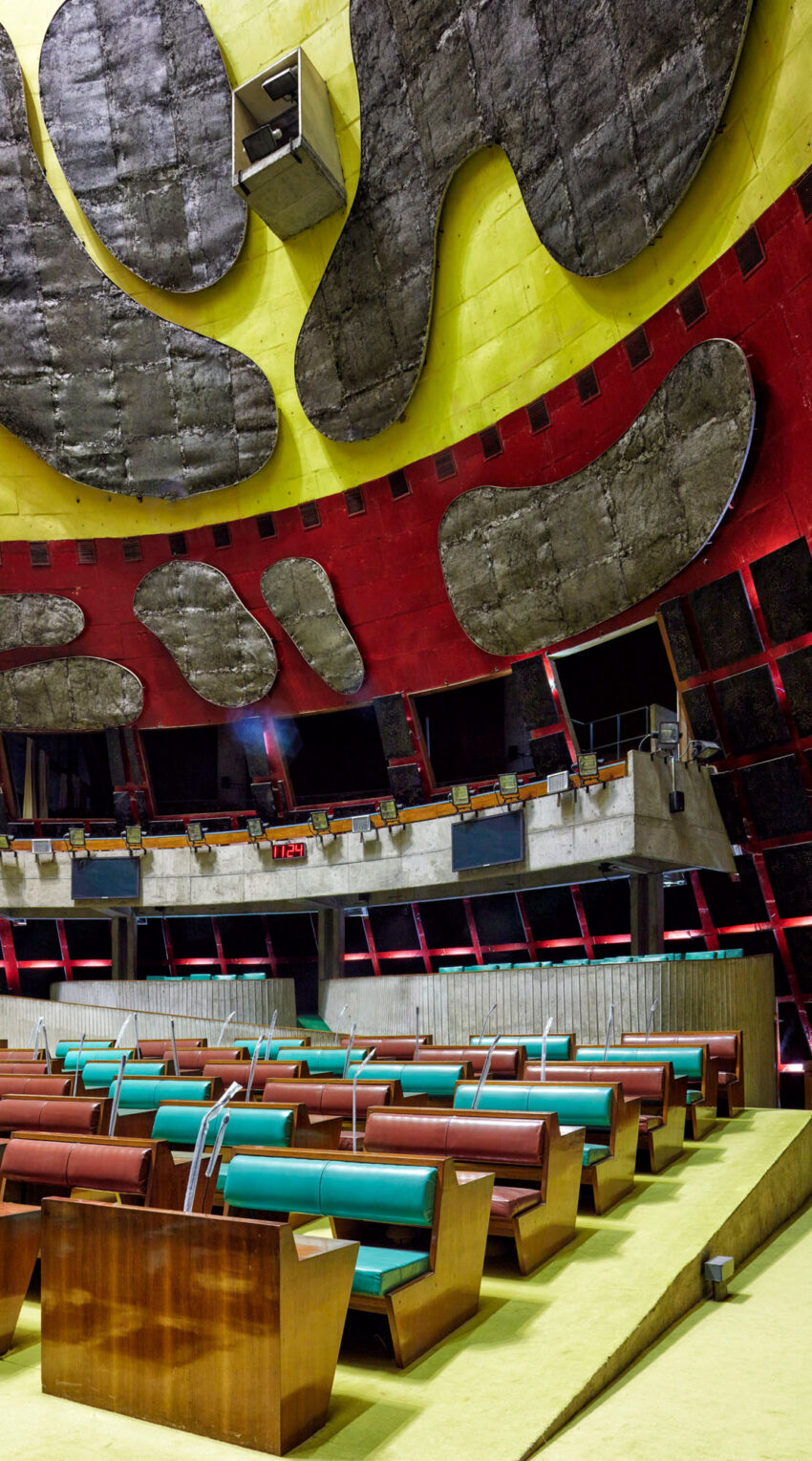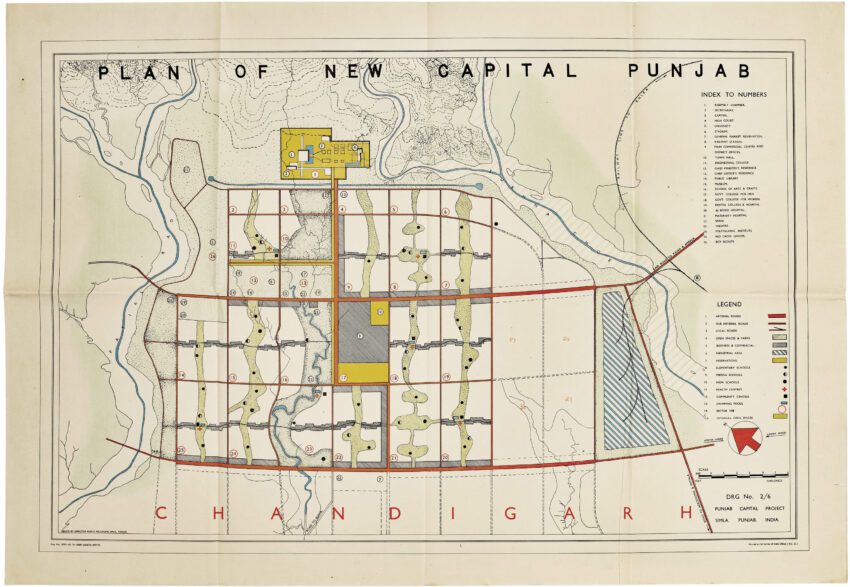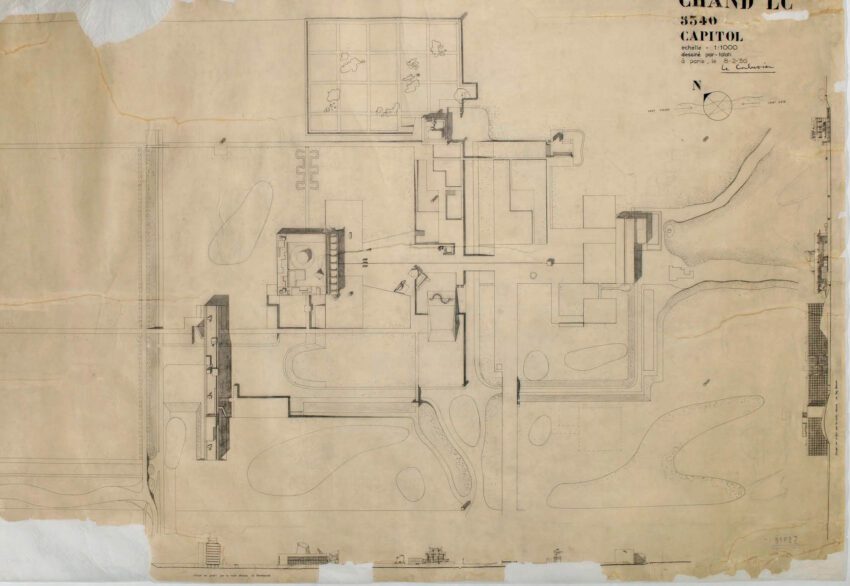The Palace of the Assembly in Chandigarh stands as a testament to the visionary genius of Le Corbusier, one of the 20th century’s most influential architects. This monumental building, part of Chandigarh’s Capitol Complex, showcases the principles of modernist architecture while embodying the socio-political aspirations of post-independence India. Designed between 1951 and 1962, the Palace of the Assembly is an iconic symbol of Chandigarh, a city envisioned by India’s first Prime Minister, Jawaharlal Nehru, as a representation of the nation’s progressive spirit.
Palace of the Assembly in Chandigarh Technical Information
- Architects: Le Corbusier
- Location: Chandigarh, India
- Topics: Modernist Architecture, UNESCO World Heritage Site
- Site Area: 100 acres
- Project Year: 1951 – 1962
- Photographs: © Cemal Emden
Chandigarh is my biggest creation. It is my capital and my heart. I think I have captured the spirit of the times with my buildings in Chandigarh.
– Le Corbusier 1
Palace of the Assembly in Chandigarh Photographs
Architectural Significance and Design Philosophy
Le Corbusier’s design for the Palace of the Assembly reflects his five points of architecture: pilotis (supporting columns), flat roofs, open floor plans, horizontal windows, and free façades. The building’s structural design emphasizes functionality, spatial openness, and a harmonious relationship with the surrounding environment.
Structural Elements
- Pilotis and Free Façade: The Palace of the Assembly is elevated on robust pilotis, creating a sense of lightness and allowing for an open ground floor. This design choice not only enhances the aesthetic appeal but also promotes natural ventilation and light penetration. The free façade, unbound by structural constraints, is adorned with abstract murals and geometric patterns, characteristic of Le Corbusier’s artistic sensibility.
- Open Floor Plan and Roof Terrace: The interior layout follows an open floor plan, facilitating fluid movement and interaction within the building. The roof terrace, another hallmark of Le Corbusier’s design philosophy, serves as a multifunctional space, offering panoramic views of the city and the Himalayan foothills.
- Horizontal Windows: The extensive use of horizontal windows allows for abundant natural light, reducing the need for artificial illumination and creating a vibrant, well-lit environment. This feature also enhances the visual connection between the interior spaces and the exterior landscape.
Functional Spaces
The Palace of the Assembly houses several key functions, including legislative chambers, offices, committee rooms, and public spaces. The main legislative hall, with its distinctive hyperbolic paraboloid roof, is a focal point of the building. This innovative roof design not only provides structural stability but also contributes to the building’s iconic silhouette.
Artistic Integration
Le Corbusier’s integration of art and architecture is evident throughout the Palace of the Assembly. The building’s façades and interior walls feature striking murals and sculptures, blending art with functional design. These artistic elements serve to humanize the modernist structure, infusing it with cultural and historical significance.
Sustainability and Legacy
The Palace of the Assembly exemplifies sustainable design principles, incorporating natural ventilation, passive cooling, and extensive daylight use. These features, coupled with the building’s enduring materials and construction techniques, ensure its longevity and resilience.
In 2016, the Capitol Complex, including the Palace of the Assembly, was designated a UNESCO World Heritage Site, recognizing its outstanding contribution to modern architecture and urban planning. This accolade underscores the global significance of Le Corbusier’s work and his influence on contemporary architectural practices.
The Palace of the Assembly in Chandigarh is a masterful blend of form, function, and artistry, embodying Le Corbusier’s revolutionary approach to architecture. Its innovative design, sustainable features, and cultural relevance make it a timeless icon of modernist architecture. As a part of Chandigarh’s Capitol Complex, the Palace of the Assembly continues to inspire architects and urban planners worldwide, reaffirming Le Corbusier’s legacy as a pioneer of modern architecture.
Palace of the Assembly in Chandigarh Plans
Palace of the Assembly in Chandigarh Image Gallery
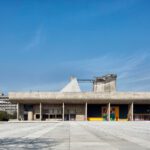
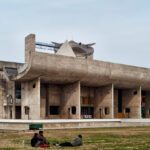
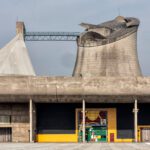
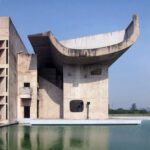
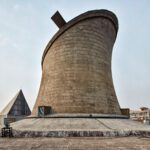

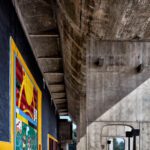

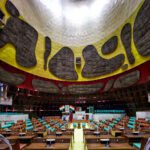
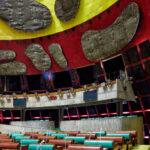
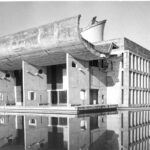
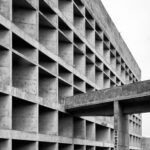
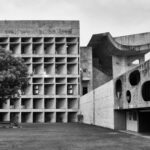
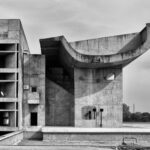



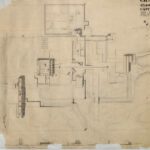
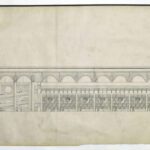
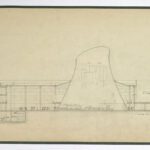

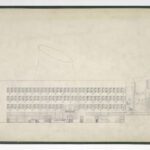
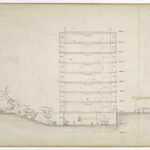
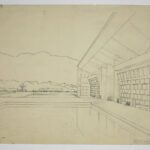


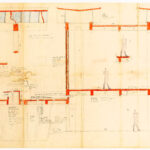

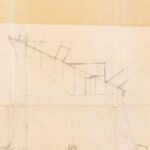
![Iannis Xenakis (–) [Atelier of Le Corbusier] section of the Assembly Building with acoustic study Chandigarh c × mm DMC](https://archeyes.com/wp-content/uploads/2024/06/Iannis-Xenakis-1922%E2%80%932001-Atelier-of-Le-Corbusier-section-of-the-Assembly-Building-with-acoustic-study-Chandigarh-c.1957.-750-%C3%97-712-mm.-DMC-1681-150x150.jpg)
About Le Corbusier
Le Corbusier, born Charles-Édouard Jeanneret-Gris in 1887, was a pioneering Swiss-French architect, urban planner, and designer renowned for his contributions to modern architecture. His innovative ideas, encapsulated in his “five points of architecture,” revolutionized building design and urban planning in the 20th century. Le Corbusier’s works, including the Villa Savoye and the master plan for Chandigarh, showcase his commitment to functionalism, simplicity, and the harmonious integration of architecture with its surroundings. His legacy endures through his influential writings, iconic buildings, and his profound impact on modernist architectural practices worldwide.
Notes & Additional Credits
- Le Corbusier. (1957). The City of Tomorrow and Its Planning. MIT Press.
Curtis, W. J. R. (1986). Le Corbusier: Ideas and Forms. Phaidon Press.
Frampton, K. (1991). Le Corbusier. Thames & Hudson.
Giedion, S. (1941). Space, Time and Architecture: The Growth of a New Tradition. Harvard University Press.
Jencks, C. (2000). Le Corbusier and the Continual Revolution in Architecture. Monacelli Press.
Prakash, V. (2002). Chandigarh’s Le Corbusier: The Struggle for Modernity in Postcolonial India. University of Washington Press.
Le Corbusier. (1957). The City of Tomorrow and Its Planning. MIT Press.
Cohen, J.-L. (2004). Le Corbusier: An Atlas of Modern Landscapes.
Le Corbusier: Complete Works in Eight Volumes.


